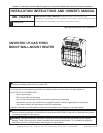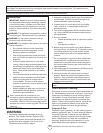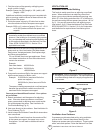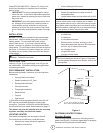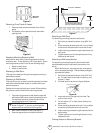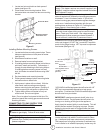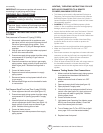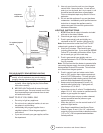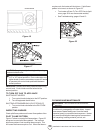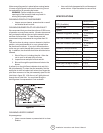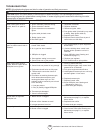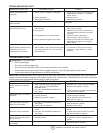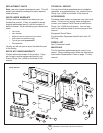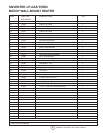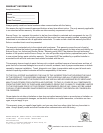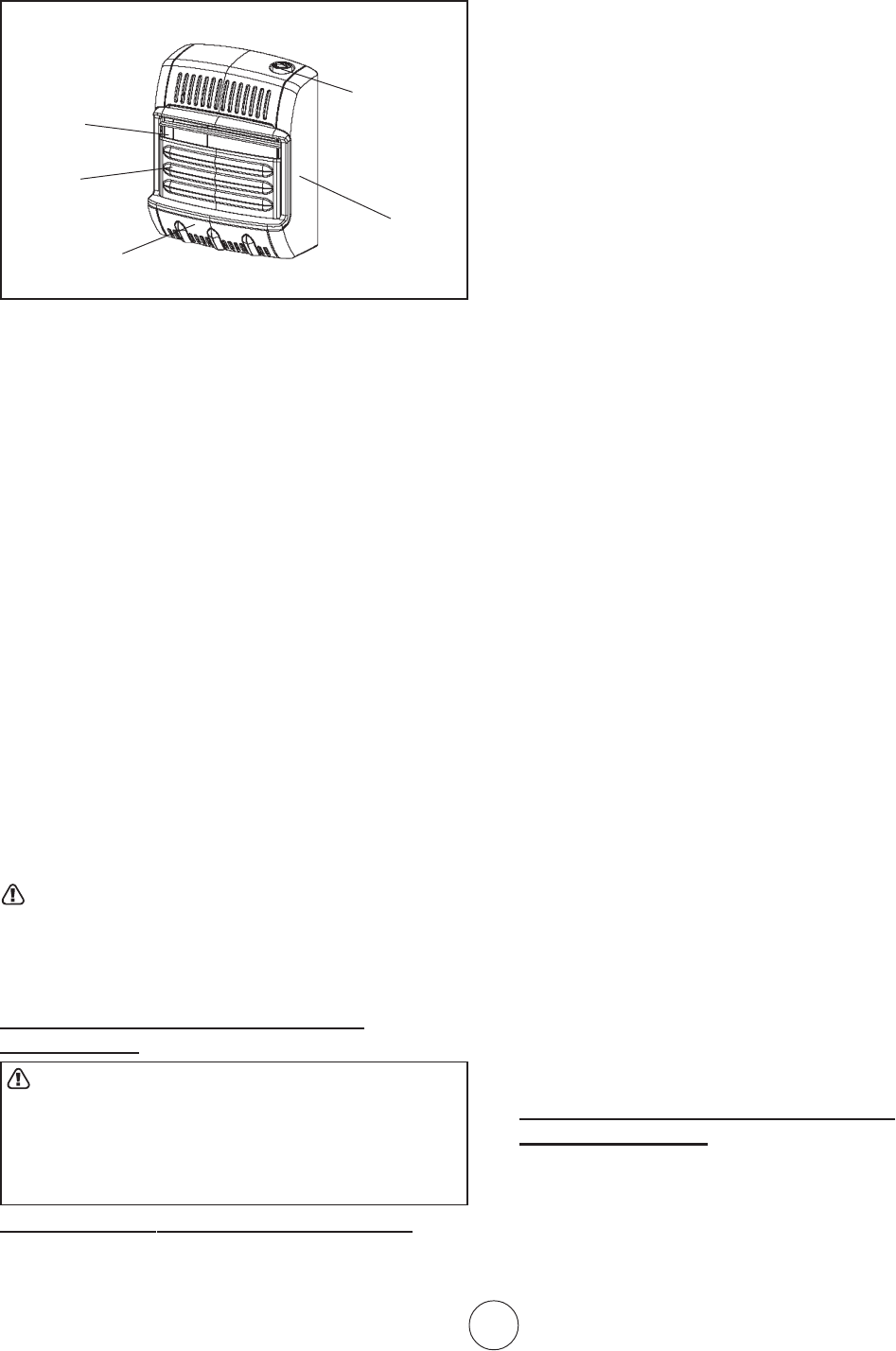
Installation instructions and Owner’s Manual
3
Product Features
Figure 1
SAFETY DEVICE
This heater has a pilot with an Oxygen Depletion Sensor
(ODS) safety shut off system. The ODS/pilot shuts off
the heater if there is not enough fresh air.
IGNITION SYSTEM
PIEZO: MHVFB10LP – The heater is equipped with a
piezo manual ignitor. This system requires no matches,
batteries, or other source to light heater.
LOCAL CODES
Install and use heater with care.
Installation must conform to local codes or in the ab-
sences of local codes, use the latest edition of National
Fuel Gas Code ANSI Z223.1/NFPA 54.
UNPACKING
1. Remove heater from carton.
2. Remove all protective packaging applied to
heater for shipment.
3. Check heater for any shipping damage. If heater
is damaged, promptly inform dealer where you
bought heater.
WARNING: Even though this heater may be used
in enclosures such as ice houses, lodges, cabins
or enclosed porches, fresh air for combustion
and ventilization requirements apply the same
as below.
FRESH AIR FOR COMBUSTION AND
VENTILATION
WARNING: This heater shall not be installed in a
confined space or unusually tight construction
unless provisions are provided for adequate com-
bustion and ventilation air. Read the following
instructions to insure proper fresh air for this and
other fuel-burning appliances in your home.
ESTABLISHING ADEQUATE VENTILATION
The following are excerpts from National Fuel Gas
Code, NFPA 54/ ANSI Z223.1, Section 5.3, Air for
Combustion and Ventilation. All spaces in homes fall
into one of the three following ventilation classifications:
1. Unusually Tight Construction
2. Unconfined Space
3. Confined Space
This heater must not be installed in a confined space or
unusually tight construction unless provisions are
provided for adequate combustion and ventilation air.
The information on pages 3 through 5 will help you
classify your space and provide adequate ventilation.
Unusually Tight Construction
If your home meets all of the three following criteria you
must provide additional fresh air. See Ventilation Air
from Outdoors, page 4.
Unusually tight construction is defined as construction
where:
a. Walls and ceilings exposed to the outside atmo-
sphere have a continuous water vapor retarder with a
rating of one perm (6 x 10
-11
kg per pa-sec-m
2
) or less
with openings gasketed or sealed and
b. Whether stripping has been added on openable
windows and doors, and
c. Caulking or sealants are applied to areas such as
joints around windows and door frames, between
wall-ceiling
joints, between wall panels, at penetra-
tions for plumbing, electrical, and gas lines, and at
other openings.
If you home does not meet all of the three criteria
above, see Determing the Type of Heater Location
Space, page 3.
Confined Space and Unconfined Space
The National Fuel Gas Code, NFPA 54/ ANSI Z223.1
defines a confined space as a space whose volume is
less than 50 cubic feet per 1,000 Btu per hour (4.8 m
3
per kW) of the aggregate input rating of all appliances
installed in that space, and an unconfined space as a
space whose volume is not less than 50 cubic feet per
1,000 Btu per hour (4.8 m
3
per kW) of the aggregate
input rating of all appliances installed in that space.
Rooms communicating directly with the space in which
the appliances are installed*, through openings not
furnished with doors, are considered a part of the uncon-
fined space.
*Adjoining rooms are communication only if there are
doorless passageways or ventilation grills between
them.
DETERMINING THE TYPE OF HEATER
LOCATION SPACE:
Use this method to determine if you have a confined or
unconfined space.
Note: the space includes the room in which you
install heater plus any adjoining rooms with doorless
passageways or ventilation grills between the
rooms.
Control Knob
Grill
Front Panel
Burner
Heater
Cabinet



